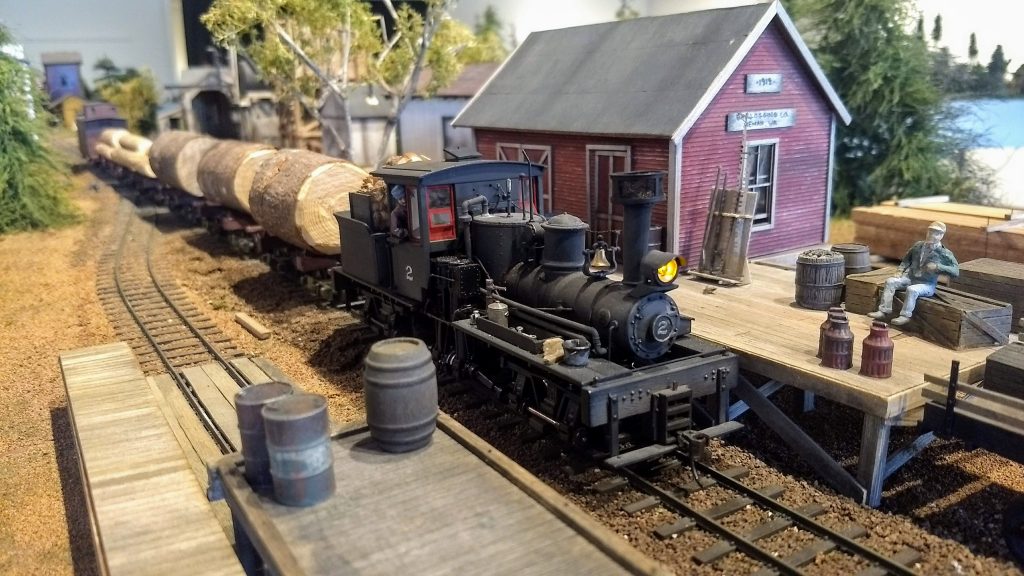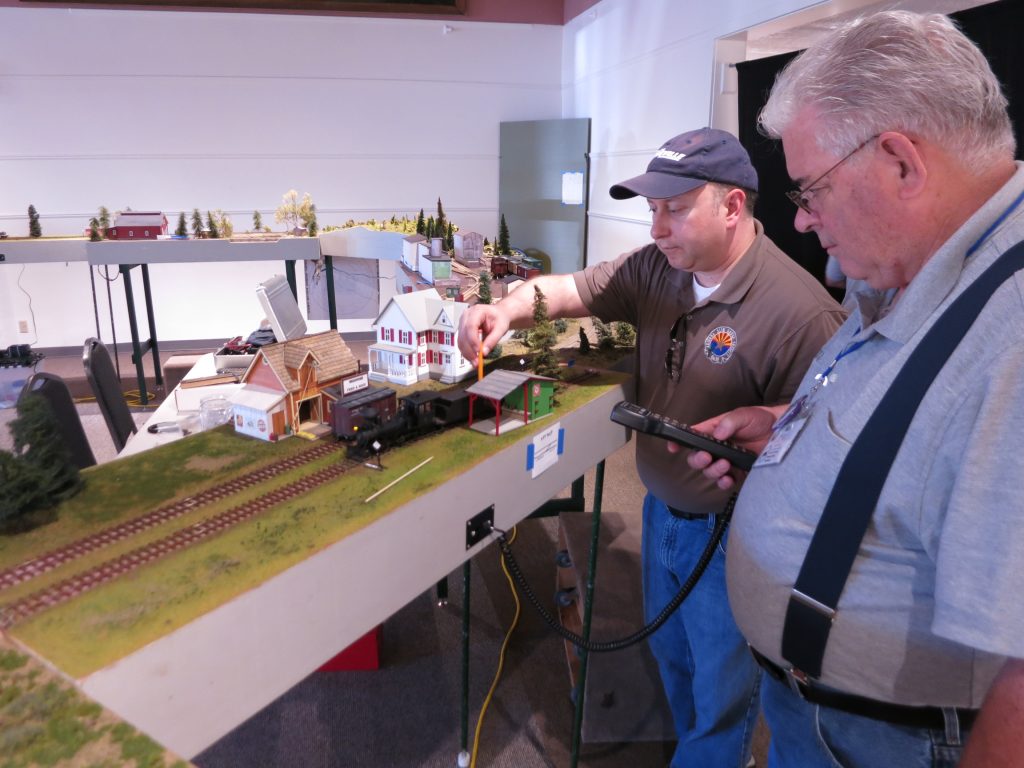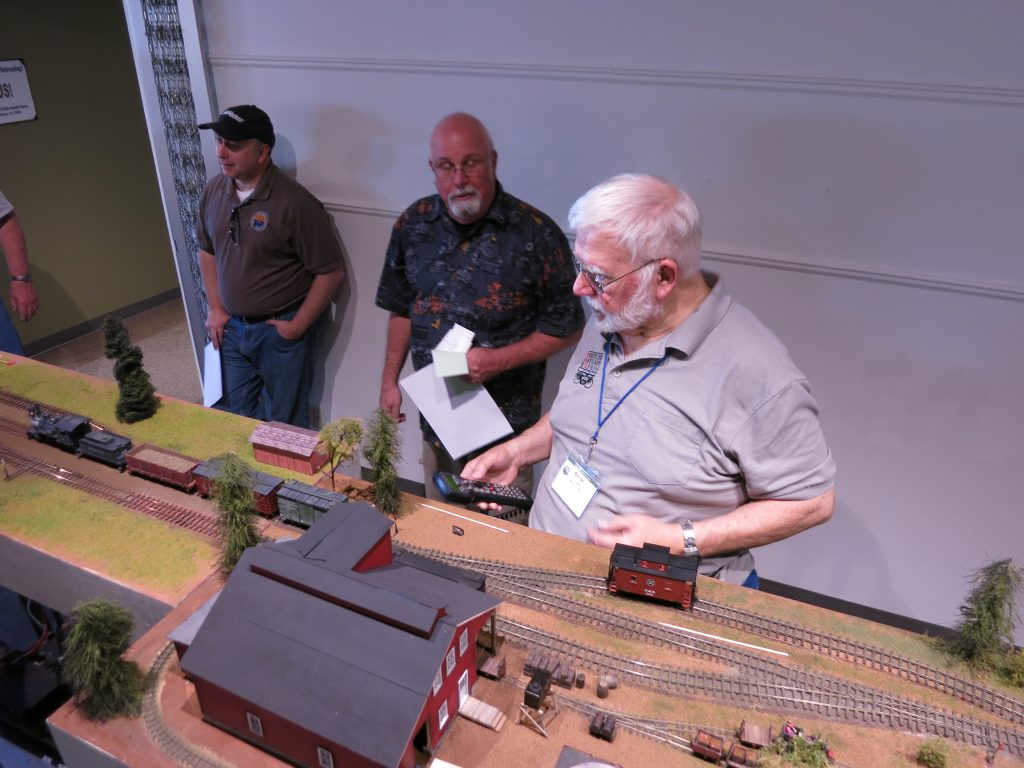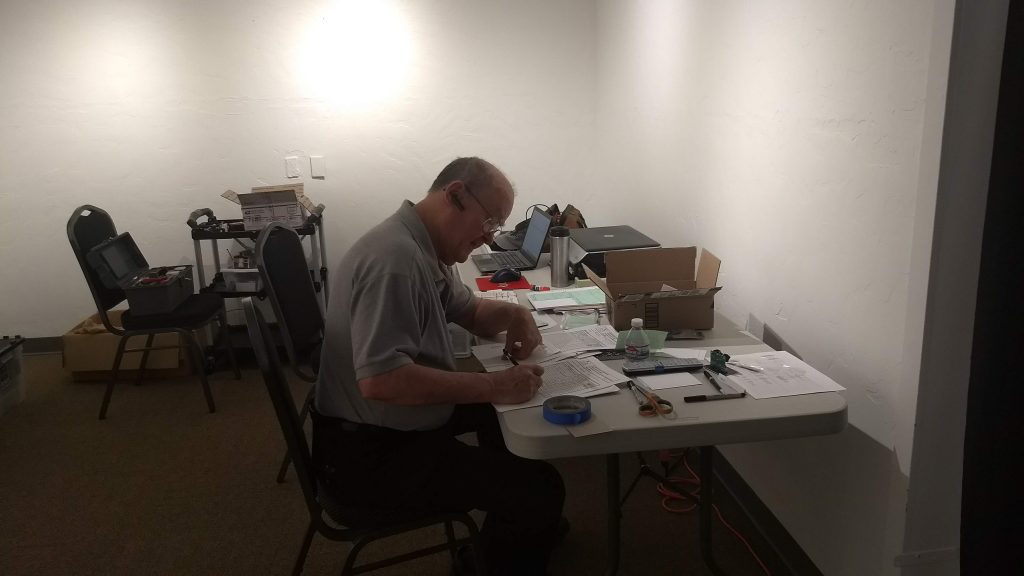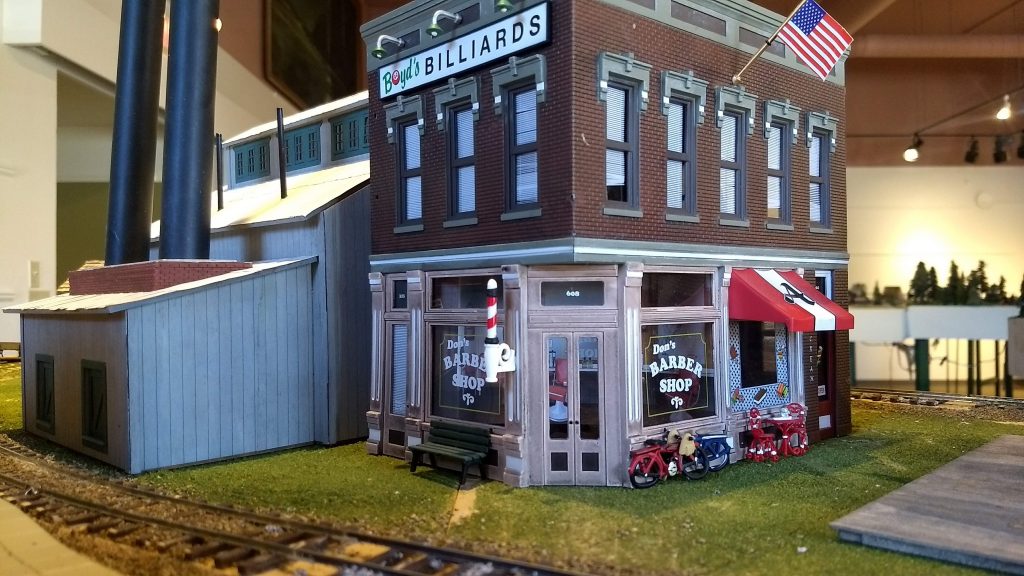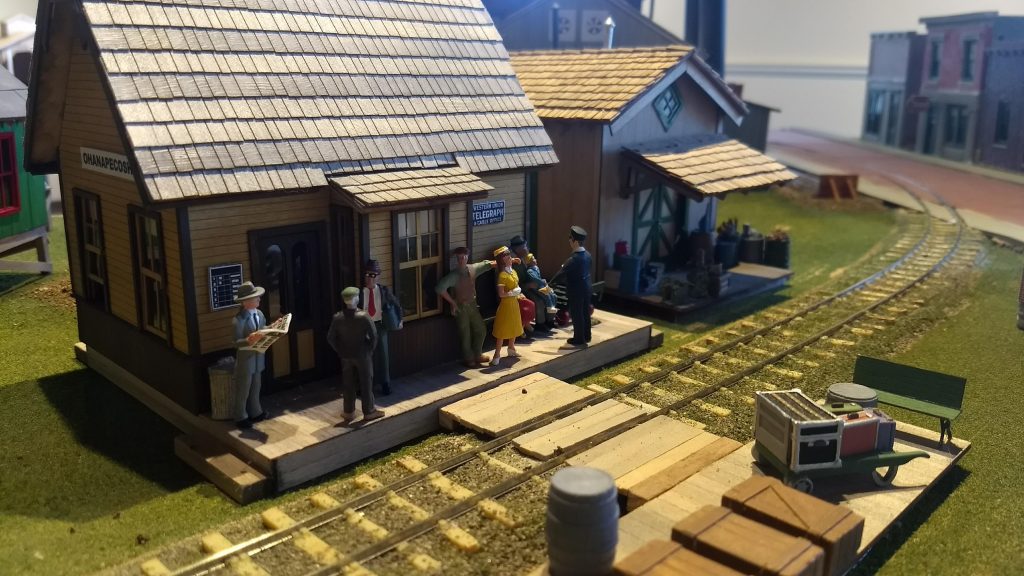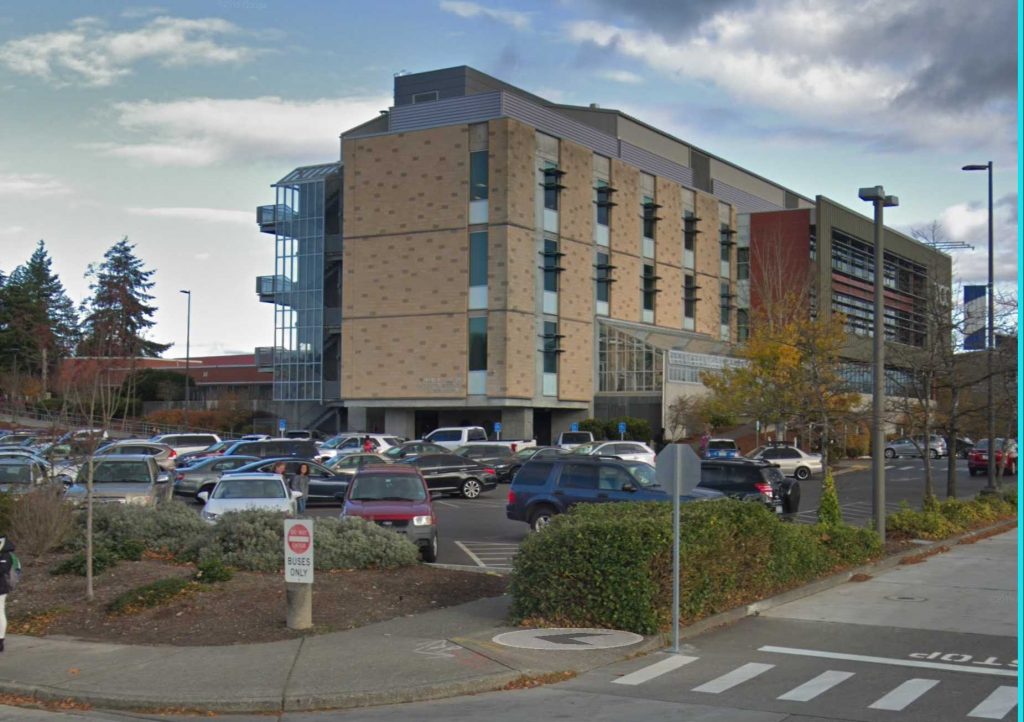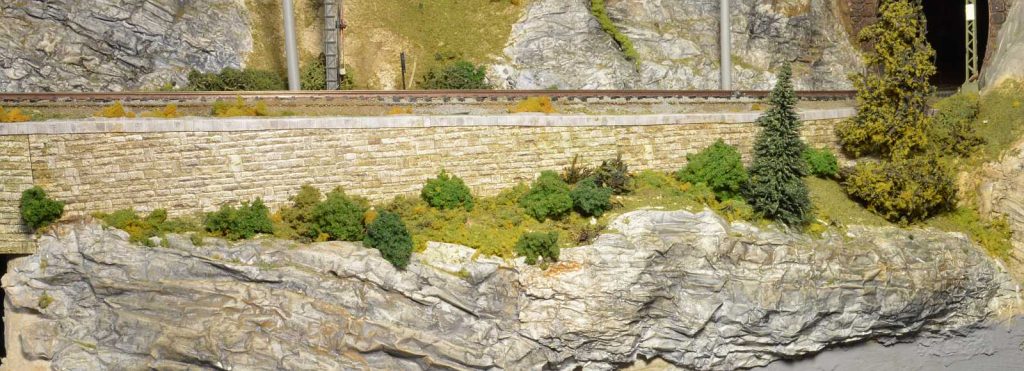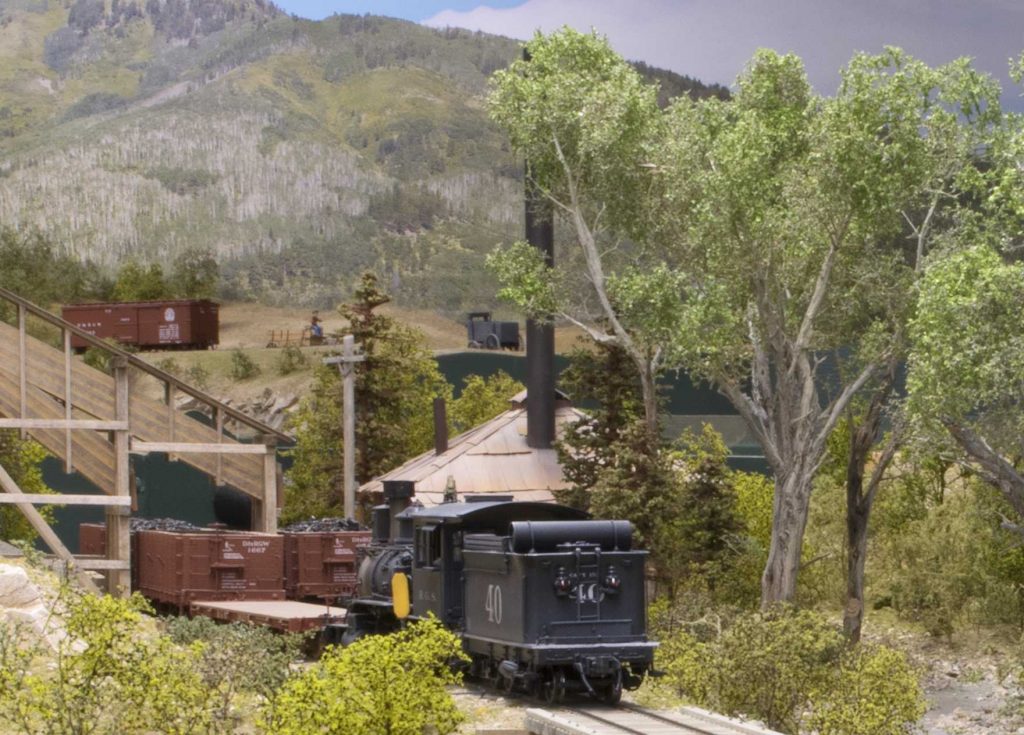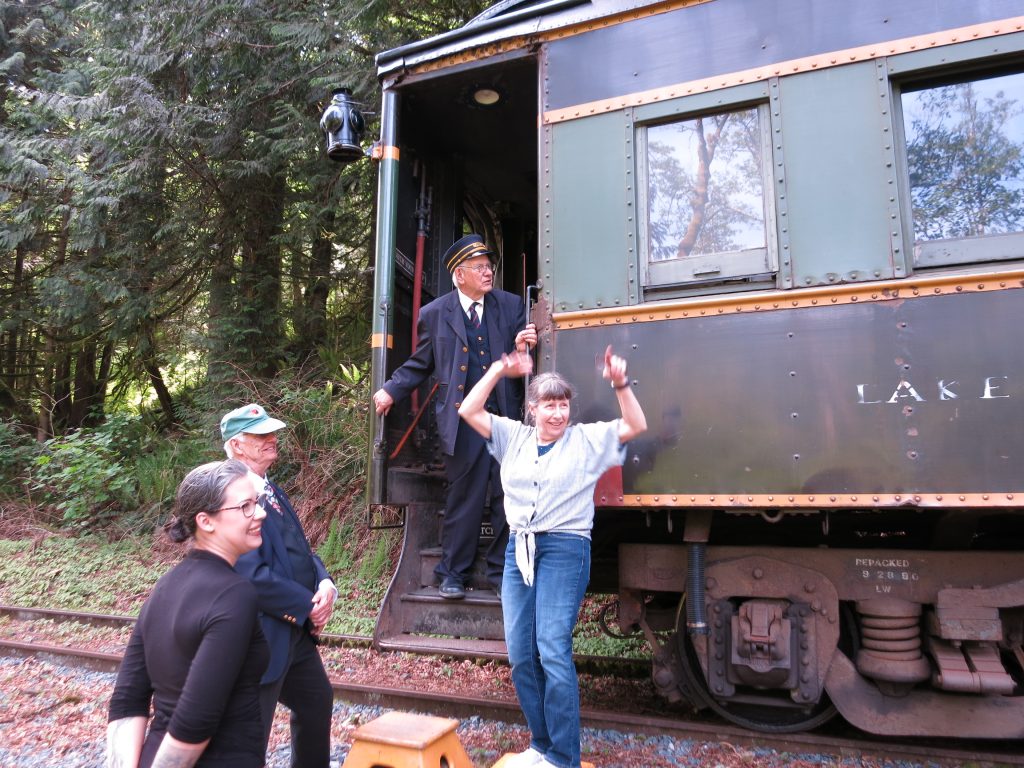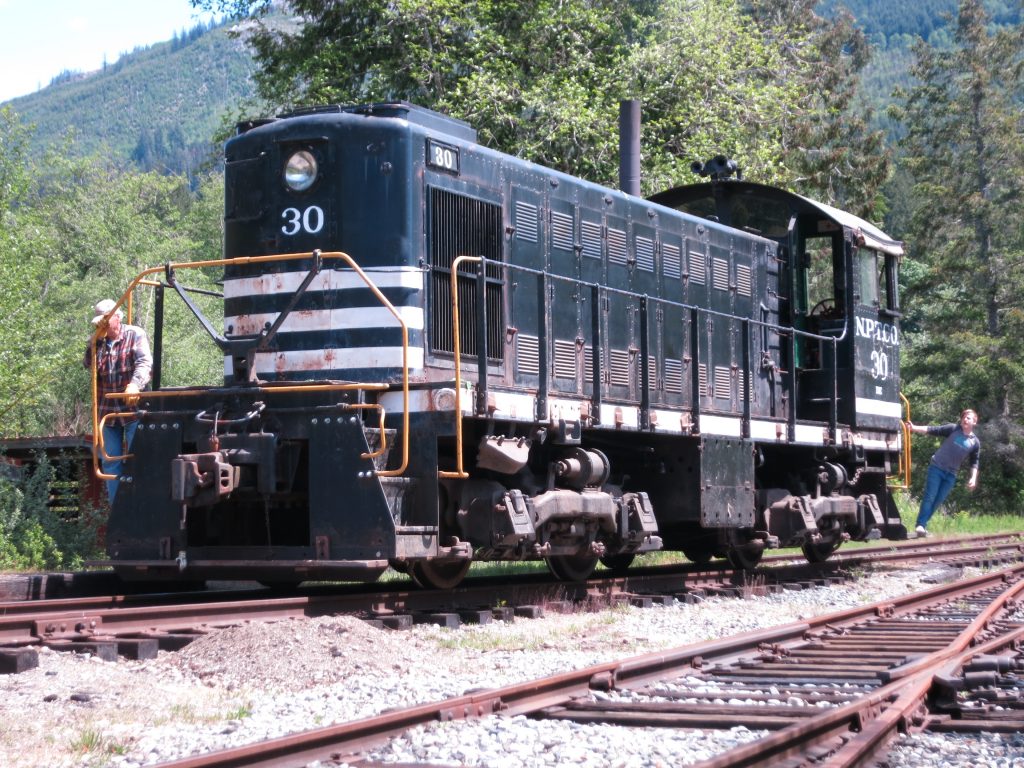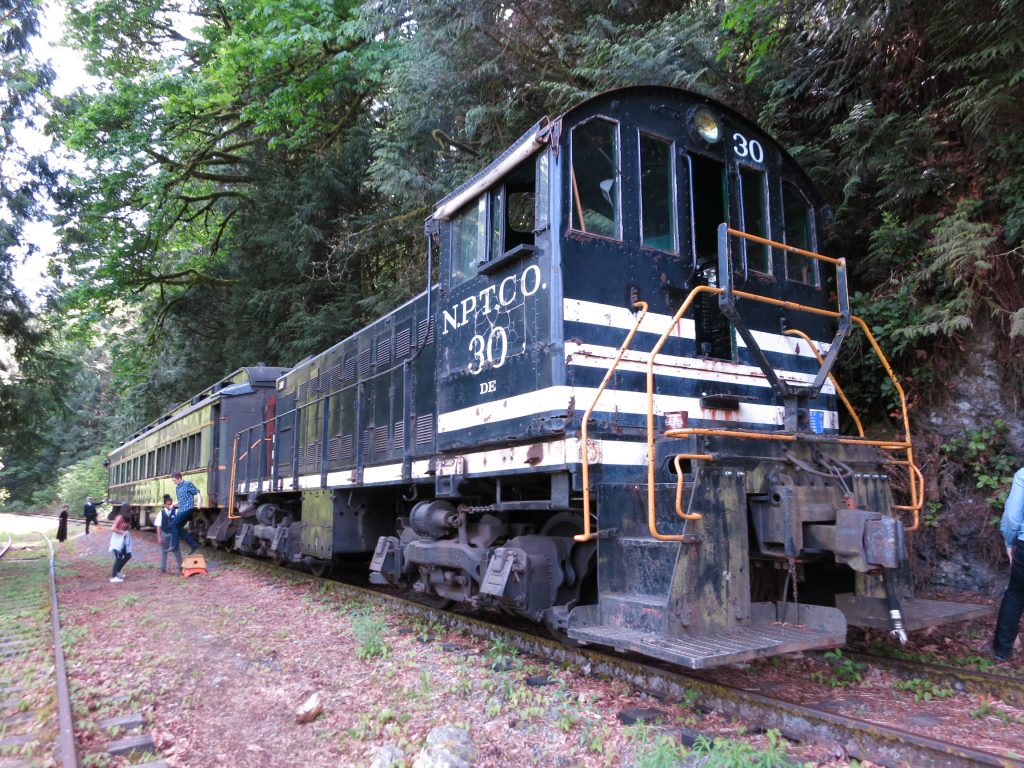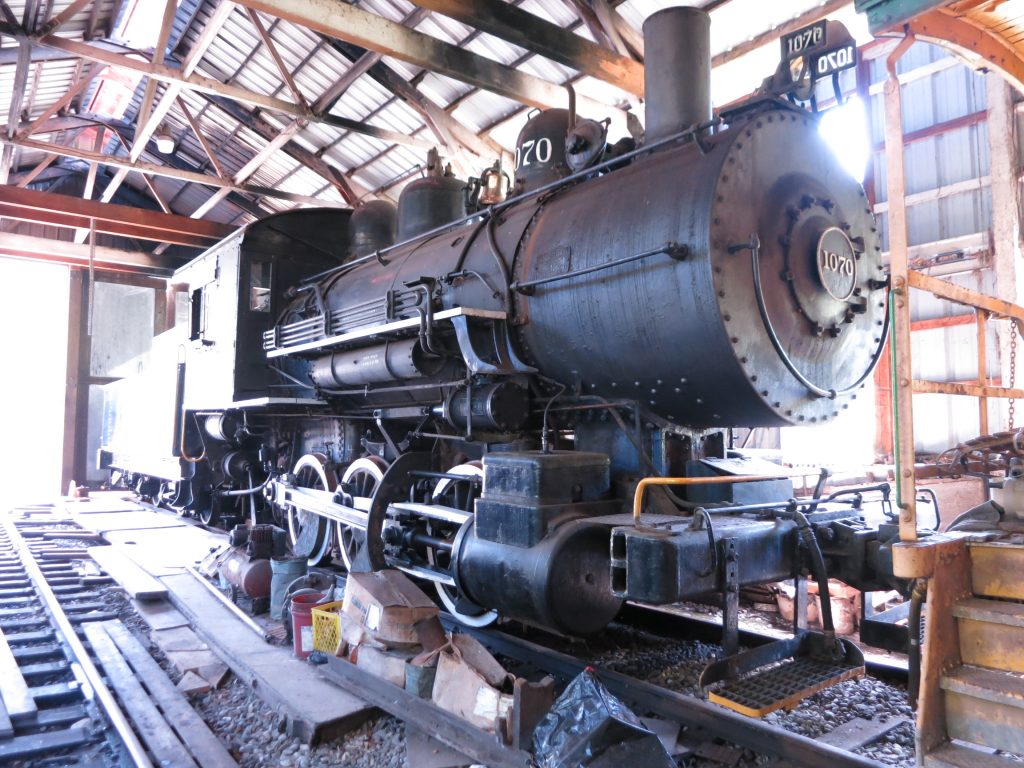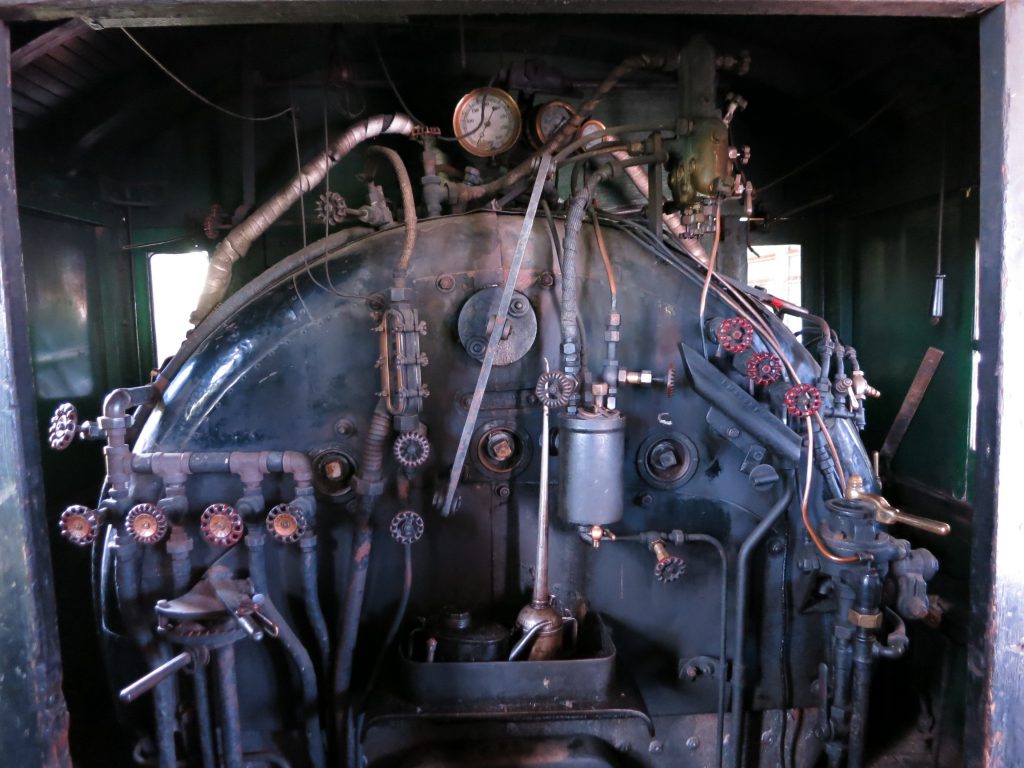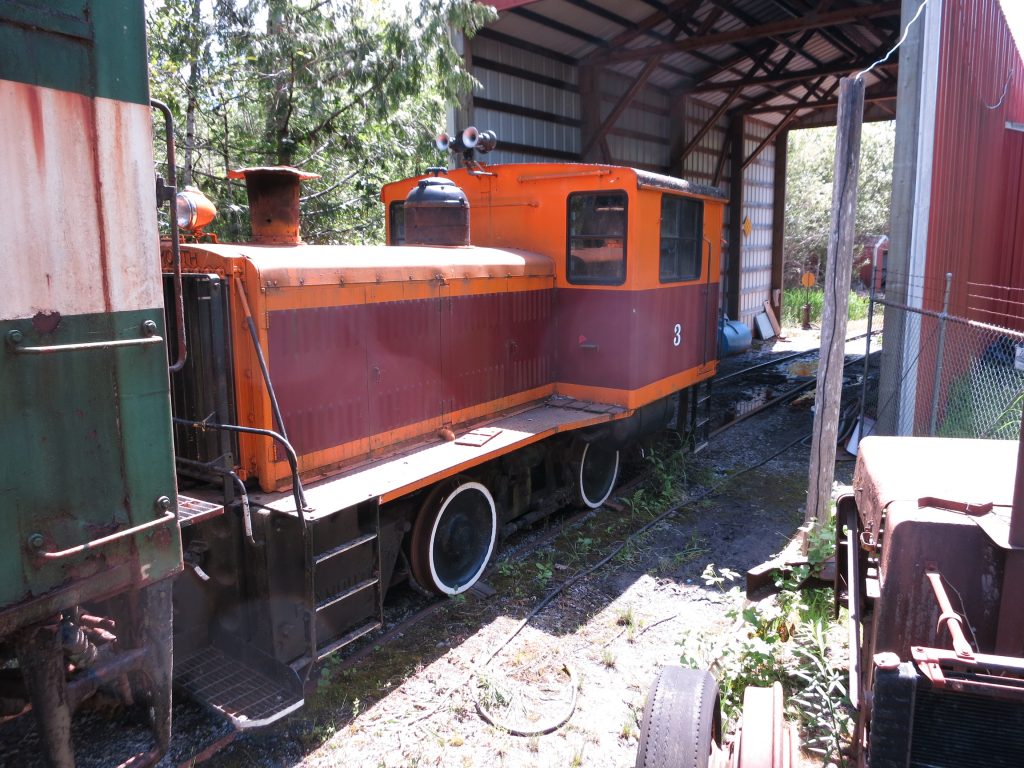Russ Segner
There has been a lot of interest in trains the last few weeks with the celebrations of the completion of the Transcontinental Railway 150 years ago and the return of UP Big Boy 4014 to active service. So, has anybody asked you recently about your interest in trains?
Let them know that your Fourth Division (4D) is very active in promoting such interest in real trains as well as modelling them. This involves more than talk. We have developed resources and organization to be effective.
I think it important to restate what we in the 4D/PNR/NMRA are all about. The purposes of the Fourth Division (4D) are to:
- Educate persons engaged in model railroading in methods of building and operating model railroad equipment and prototype practices.
- Develop the technical skills of persons engaged in the art and craft of model railroading.
- Encourage the collection and preservation of historical data and to promote education about railway history through model railroading.
- Facilitate communication among all model railroaders, both members and non-members.
The 4D Board of Directors has determined that the best way
to reach its audience, especially nonmembers and potential model railroaders,
is through modular model railroad participation at train shows and other public
activities. To achieve that public representation, the Fourth Division has created
this Modular Model Railroad Sponsorship Program. This program provides
financial assistance and administrative assistance to modular model railroad
groups to help them achieve the Fourth Division’s organizational purpose.
We want to be sure we stay focused on these goals. Your Board recently revised and expanded several policies in the Executive Handbook.
Appendix A – Modular Model Railroad Sponsorship Program
This section clarifies and condenses existing policy into one location.
There are two types of Sponsored Modular Model Railroads: “4D Modular Groups” created by 4D and “Supported Clubs,” which are Clubs with
100% NMRA membership who have asked the Division for support and which meet the
Division’s criteria. Both types are eligible for financial support,
administrative support, and publicity for their activities.
Requirements for
Sponsorship: The following conditions must be met for a Group or Club to be
considered for inclusion in the Modular Model Railroad Sponsorship Program: i)
It is based within the geographic boundaries of Fourth Division. ii) It
achieves and maintains 100% NMRA Membership. iii) Any 4D member in good
standing may apply for membership in it. iv) It demonstrates continued effort
to achieve the Fourth Division and NMRA organizational purposes. v) It actively
participates in and supports 4D and NMRA activities, in addition to its own
activities. vi) It actively participates in general management of 4D with
respect to support, funding and activities. vii) It has, or will create,
operating documents governing its conduct, including referring to, and abiding
by, the NMRA guidelines for anti-harassment and anti-discrimination, and will
submit a copy to the 4D Board to validate that it agrees with 4D purposes. viii)
It designates an individual to be the contact point with the 4D Treasurer for
reimbursement. ix) 4D Modular Groups do not charge dues or fees for
participation by NMRA members. Supported Clubs may charge. b. The 4D Expects
such clubs to; i) Support the Fourth Division and the NMRA organizational
purpose by: (1) Serving as active and effective NMRA and 4D ambassadors to
layout visitors, promoting the hobby, and educating the public about model
railroading, etc. (2) Encouraging existing NMRA members to attend local clinics
and volunteer as clinicians.
Appendix B – Donations and Disposition of 4D Owned Property.
This is a new document to help members know how to deal with donations of equipment and models from families who want these items to be useful to the hobby.
Appendix C – Mileage Reimbursement Guidelines
(formerly the Appendix to the Mileage Reimbursement Form). The 4D actively supports participation by members at local clinics and clubs and presentation to the public at trains shows. Because the Division is spread over such a large geographic area, some travel expenses are reimbursable. So, there are specific policies in place to financially support those who travel long distances to present clinics and for those who pull the trailers for modular groups to train shows. These expenses are authorized in our budget negotiated and approved each fall. This process is currently underway.
Members are encouraged to click here, download, and read the Executive Handbook published in the Members Only section on our website for the complete provisions.
